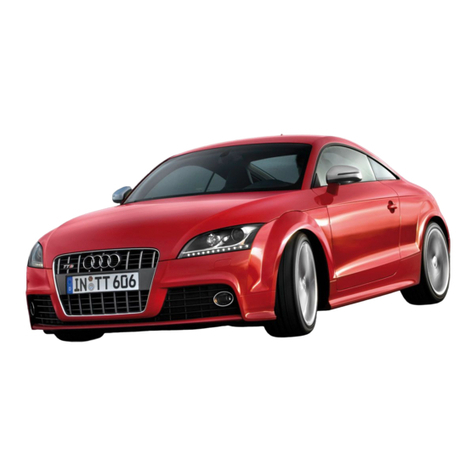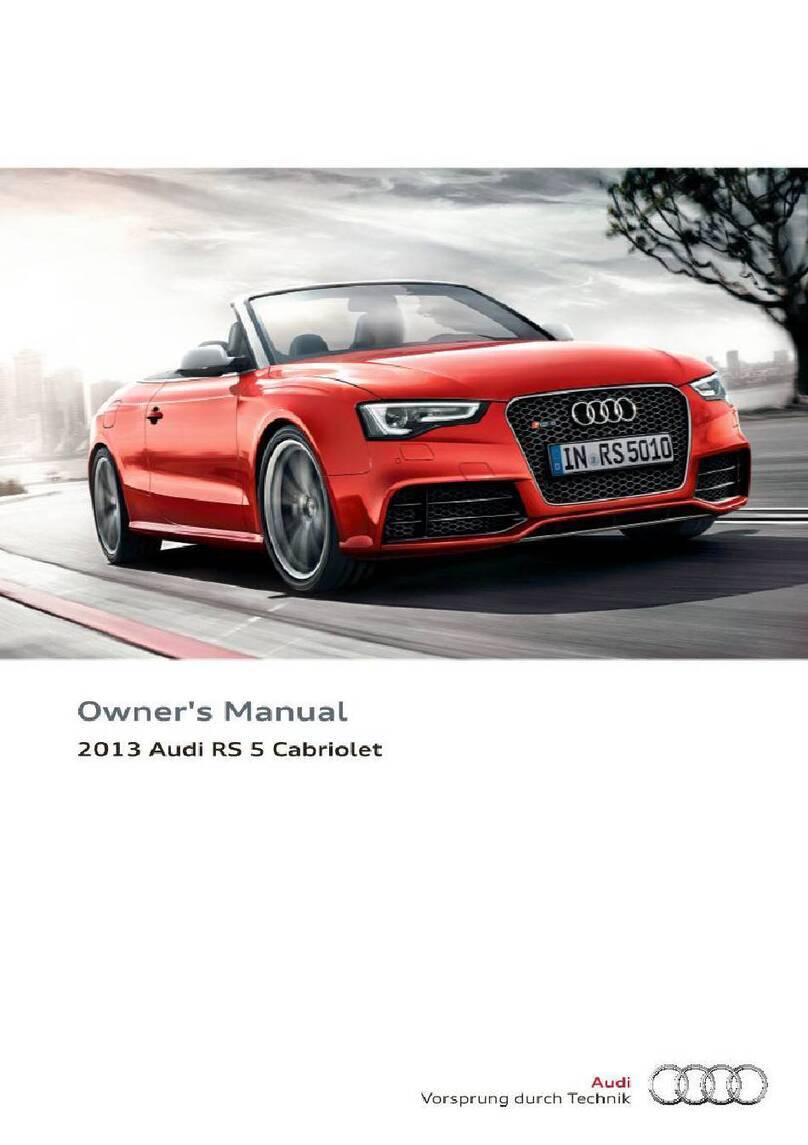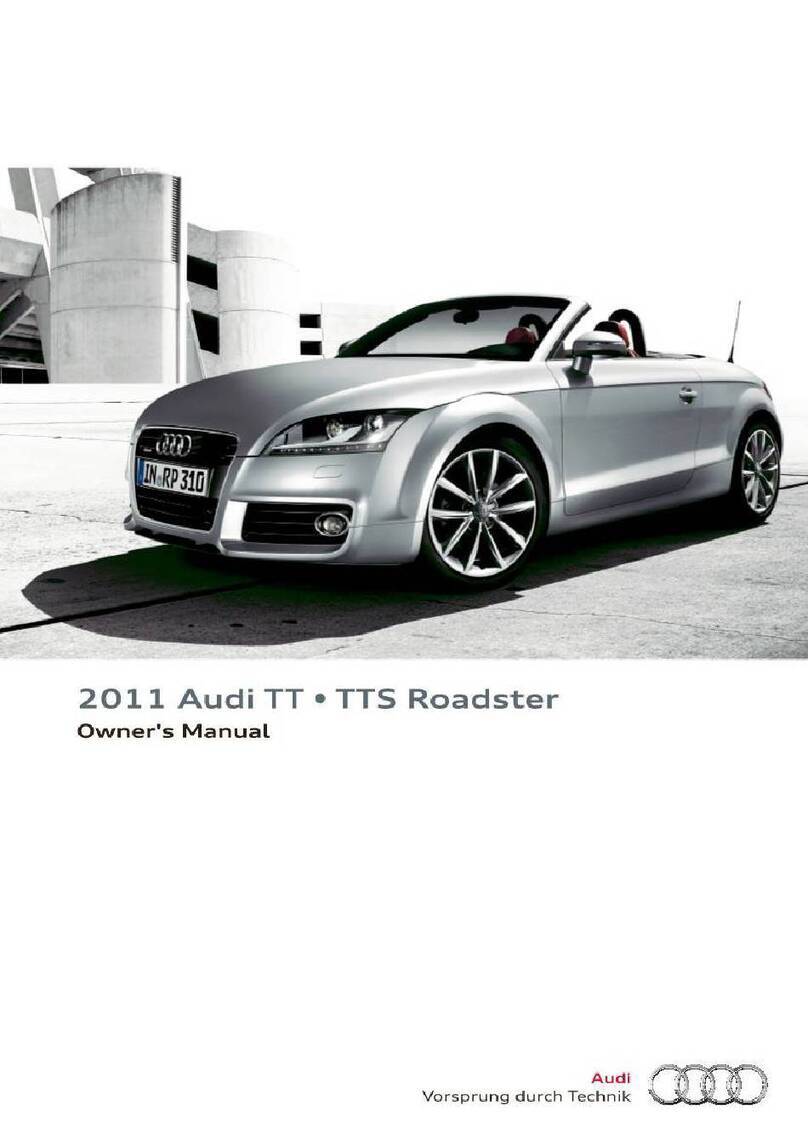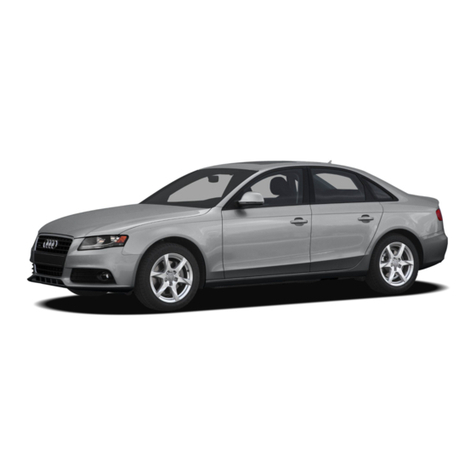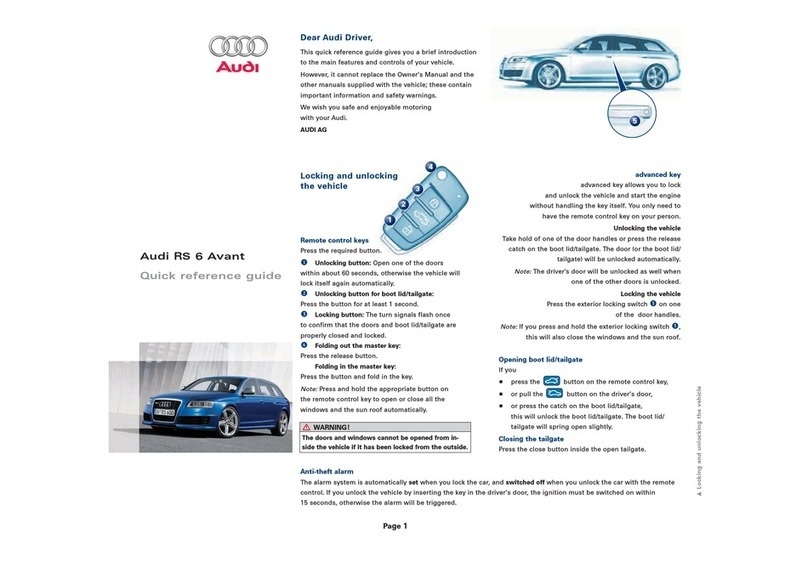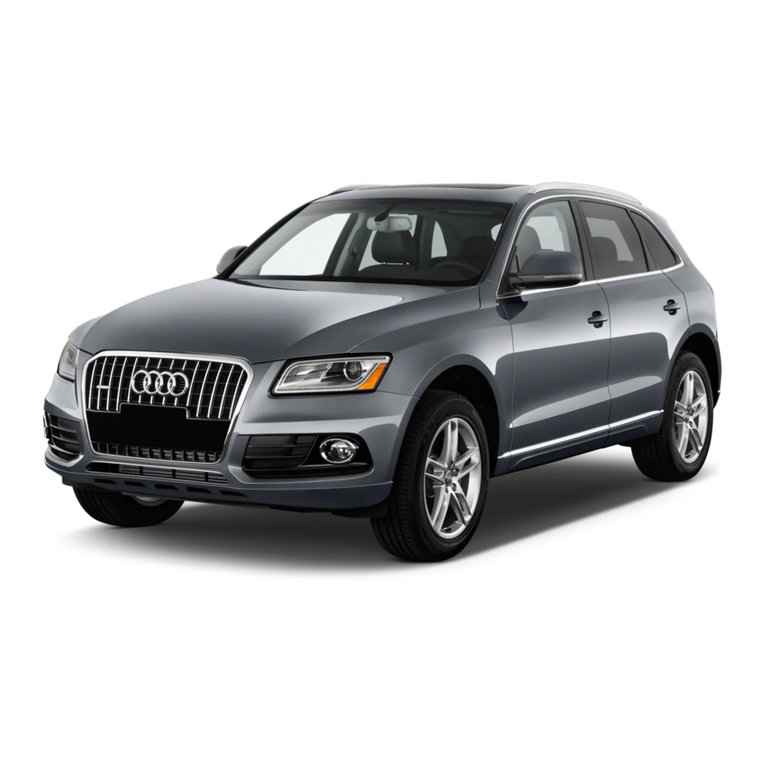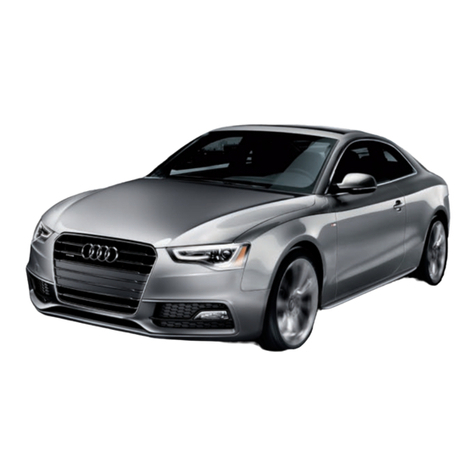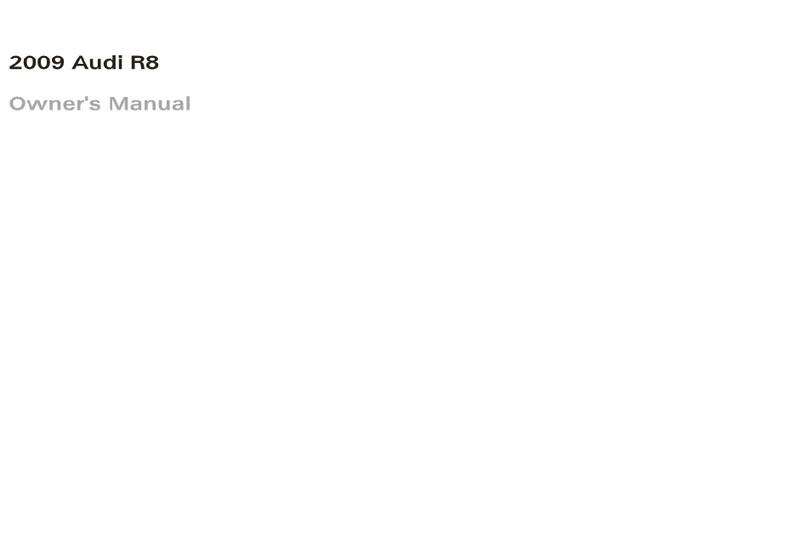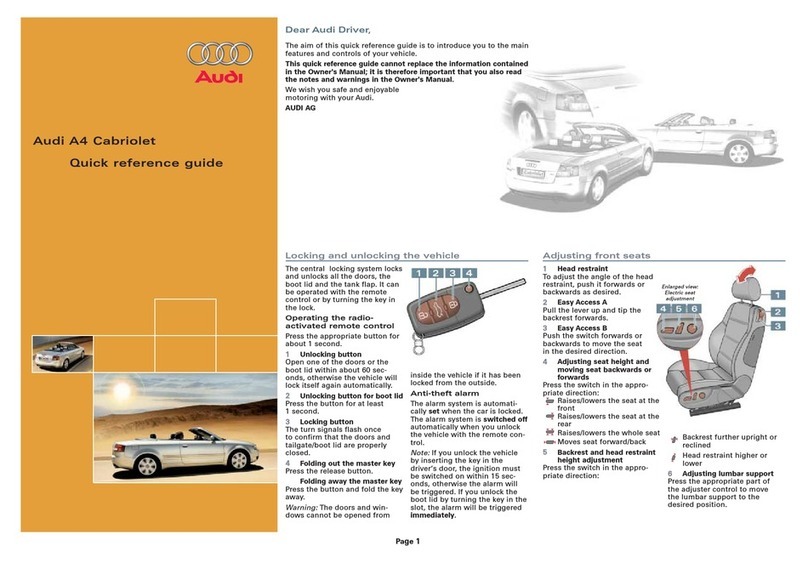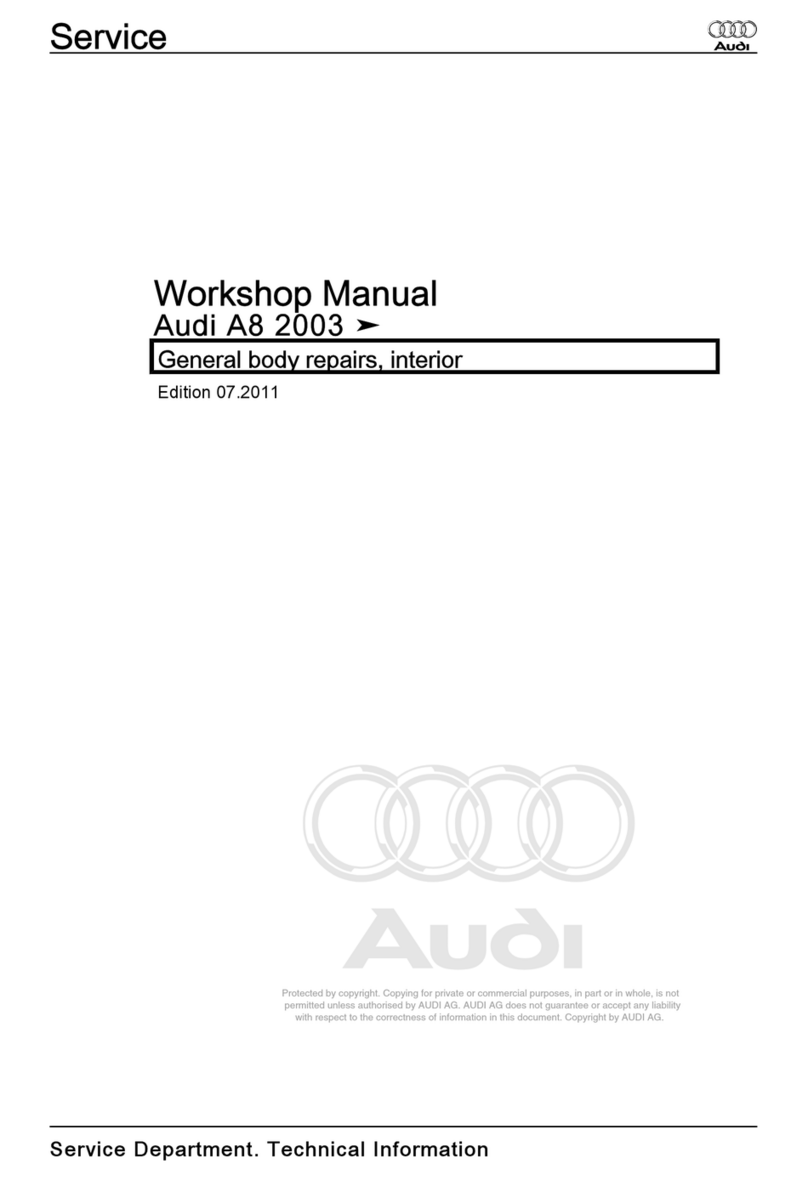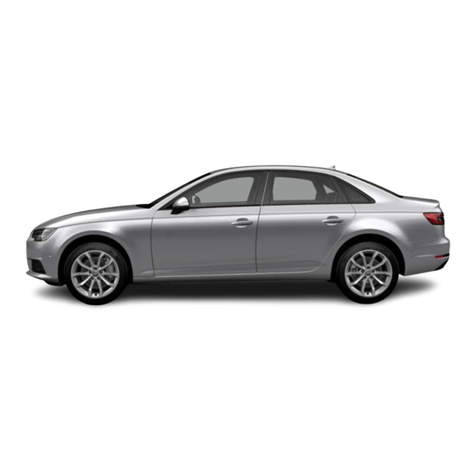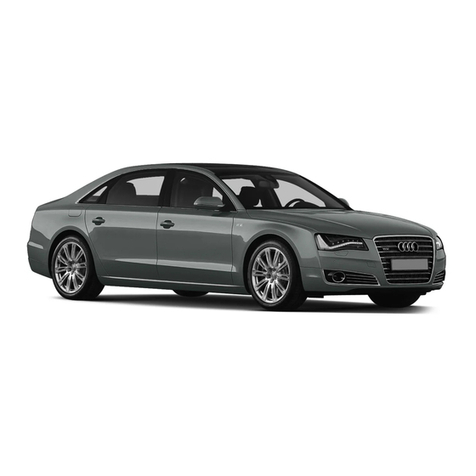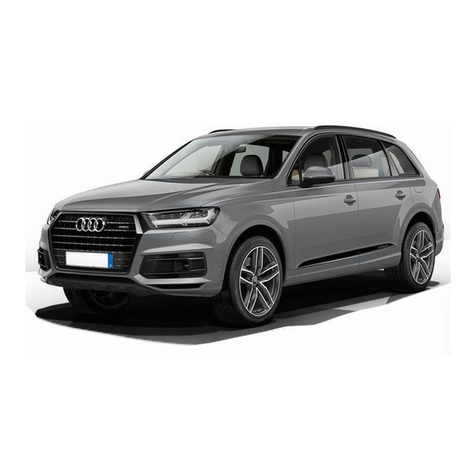NoteReference
The self-study programme teaches the design and function of new vehicle models,
new automotive parts or new technologies.
The self-study programme is not a repair manual!
All values given are intended as a guideline only and refer to the software version valid at the time of
preparation of the SSP.
For maintenance and repair work, always refer to the current technical literature.
Contents
Overview . . . . . . . . . . . . . . . . . . . . . . . . . . . . . . . . . . . . . . . . . . . . . . . . . . . . . . . . . . . .12
Punch riveting. . . . . . . . . . . . . . . . . . . . . . . . . . . . . . . . . . . . . . . . . . . . . . . . . . . . . . . . 13
Clinching . . . . . . . . . . . . . . . . . . . . . . . . . . . . . . . . . . . . . . . . . . . . . . . . . . . . . . . . . . . .13
MIG welding . . . . . . . . . . . . . . . . . . . . . . . . . . . . . . . . . . . . . . . . . . . . . . . . . . . . . . . . . 14
Resistance spot welding and MAG welding. . . . . . . . . . . . . . . . . . . . . . . . . . . . . . 14
Structural bonding. . . . . . . . . . . . . . . . . . . . . . . . . . . . . . . . . . . . . . . . . . . . . . . . . . . . 15
New joining technique: solid punch riveting (Kerb-Konus riveting) . . . . . . . . . . 16
New joining technique: Flow Drill screwing . . . . . . . . . . . . . . . . . . . . . . . . . . . . . . 17
New joining technique: aluminium laser welding . . . . . . . . . . . . . . . . . . . . . . . . . 18
Dimensions . . . . . . . . . . . . . . . . . . . . . . . . . . . . . . . . . . . . . . . . . . . . . . . . . . . . . . . . . . . 4
Technological concept . . . . . . . . . . . . . . . . . . . . . . . . . . . . . . . . . . . . . . . . . . . . . . . . . 5
Contact corrosion . . . . . . . . . . . . . . . . . . . . . . . . . . . . . . . . . . . . . . . . . . . . . . . . . . . . . 6
Combination of steel and aluminium . . . . . . . . . . . . . . . . . . . . . . . . . . . . . . . . . . . . 7
Comparison of ASF concepts . . . . . . . . . . . . . . . . . . . . . . . . . . . . . . . . . . . . . . . . . . 10
Audi Space Frame of the Audi TT
Joining techniques and production processes
Bodyshell safety concept
Repair concept
Aluminium repairs . . . . . . . . . . . . . . . . . . . . . . . . . . . . . . . . . . . . . . . . . . . . . . . . . . . . 20
Steel repairs . . . . . . . . . . . . . . . . . . . . . . . . . . . . . . . . . . . . . . . . . . . . . . . . . . . . . . . . . 22
Aluminium-steel repairs . . . . . . . . . . . . . . . . . . . . . . . . . . . . . . . . . . . . . . . . . . . . . . . 23
Workshop equipment . . . . . . . . . . . . . . . . . . . . . . . . . . . . . . . . . . . . . . . . . . . . . . . . . 24
Qualification of aluminium. . . . . . . . . . . . . . . . . . . . . . . . . . . . . . . . . . . . . . . . . . . . . 25
Head-on collision, side impact and rear collision . . . . . . . . . . . . . . . . . . . . . . . . . 26
Pedestrian safety . . . . . . . . . . . . . . . . . . . . . . . . . . . . . . . . . . . . . . . . . . . . . . . . . . . . . 28
Electromechanical rear spoiler

